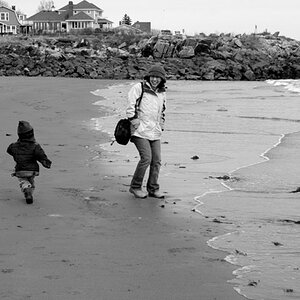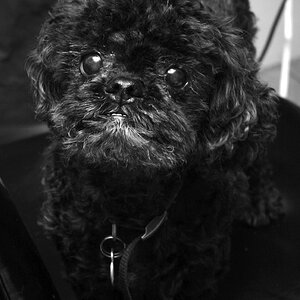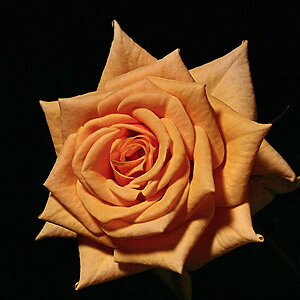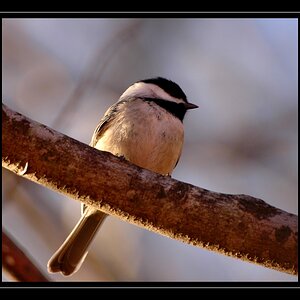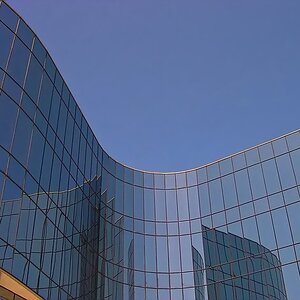brianT
TPF Noob!
- Joined
- Feb 5, 2009
- Messages
- 167
- Reaction score
- 6
- Location
- Vancouver
- Website
- www.briantolin.com
- Can others edit my Photos
- Photos OK to edit
When the subject is a building, or a bridge, or anything large, a flash is not an option. In fact no artificial light is an option.Meter the sky and flash the subject.
Overread's response is the solution for this. Until digital cameras have the dynamic range of the human eye you'll need to do exposure blending.
Personally, I often take 2 exposures (bracketed) as long as the shutter speed is fast enough if no tripod is being used. Most of the time I find two exposures is enough to blend for natural looking finishing.
Usually the problem with blending two exposures is the 'blend transition'. With photoshop you can spend a lot of time painting a detailed mask. I don't have a lot of time to create detailed masks, so I use Capture NX2. Nik's Viveza plug-in tools are the same as Capture NX2. What this does is make an instant quick mask. And let's face it, when it comes to post-processing, really the masking is crucial (which is the reason Nik Software's tools are so powerful).
Here's what you do: You have 2 separate exposures. One where the sky is perfect (but the ground is underexposed). And one where the ground is perfect (but the sky is overexposed). Assuming the different between sky and ground is a few stops difference, using the exposure with the perfectly exposed sky, use the quick mask tools to brighten the ground, adjusting the tone, saturation, and hue of the ground until is matches the other exposure (the one with the perfectly exposed ground) as best as possible. The fact is that brightening the ground will introduce noise because it's an underexposed area of the photograph. The key is to match the underexposed area of the ground as closely as possible to the photograph with the perfectly exposed ground. Also, as you brighten the underexposed ground, make sure the sky IS NOT affected. This is point of using the quick mask tools. They work very, very well most of the time.
Save each RAW photo as TIFF's. This means the one with the perfectly exposed ground and blown out sky. And the other photo with the perfectly exposed sky and the brightened ground.
Import both photos into photoshop. Use Auto-Align Layers (assuming you're using CS4 or newer. If you don't have auto-align you can roughly manually align or skip aligning altogether as your manually pained mask will determine what's visible in the photo. It really depends on the photo.). Now all you need to do is paint a fairly rough mask between the two photos and most of the time you'll get a very nice result. Remember this is not HDR! It's just a way to control exposure where the scene in the field surpassed the dynamic range of the camera. Honestly, this works for me most of the time. I process photos this way because a lot of the time the difference between sky and ground exposure is too great.
Also, using the method I described it won't matter too much if there's moving people in the 2 shots (assuming the people are not running across the frame) because when you blend the exposures in photoshop you can paint the mask around the moving subject -- painting the mask around the movement. Again, this is assuming small movement of people. But if you bracket you're shots and fast enough shutter speeds it shouldn't be a problem.
Now of course, as Derrel said, you should try to balance the exposure as best as possible in the field and get it correct in camera. But we all know this isn't always possible! But try to use polarizers and graduated neutral density filters to control exposure.



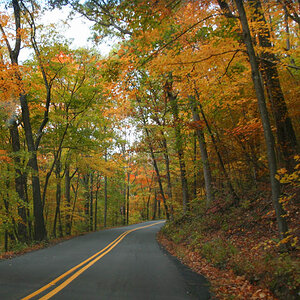
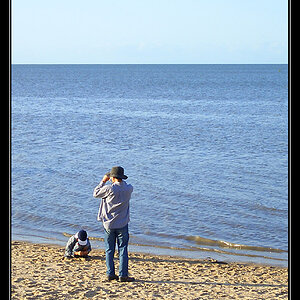
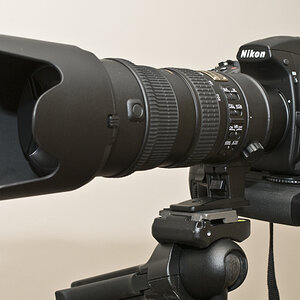
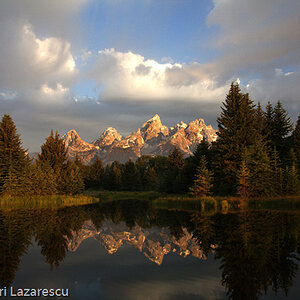
![[No title]](/data/xfmg/thumbnail/32/32150-7445fc014b4b484b24ba067189aa45b6.jpg?1619735233)
